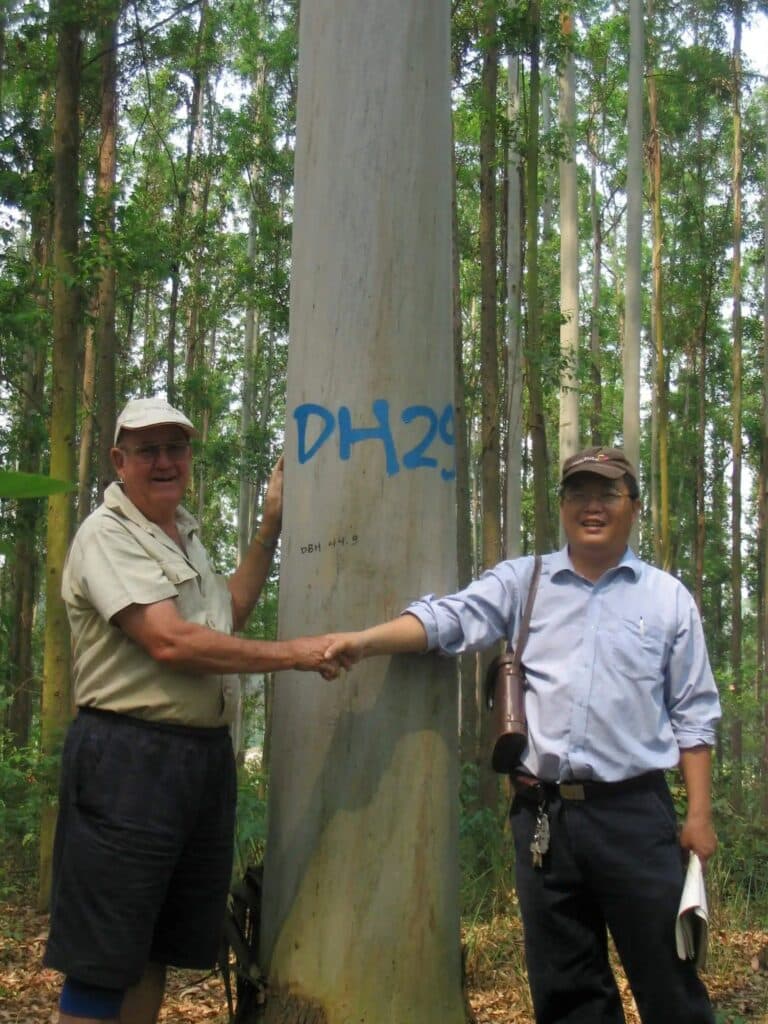China is now addressing its “supply gap” in hardwoods and, thanks to more than 40 years of policy development, is rapidly boosting plantation establishment to attain its long-term goal of “wood product self-sufficiency.”
The upshot is that China, the world’s largest timber importer and second-largest consumer, could flip the script on hardwoods and become one of the world’s most important export markets for pulp.
That is, according to Rudolf van Rensburg, the co-author of “China – Forest, Log & Lumber Outlook,” a 197-page report produced by Russ Taylor Global and Margules Groome Consulting, who told Wood Central Publisher Jason Ross that the Chinese government, amongst other things, “has big plans to increase its pulp production.”
Mr van Rensburg, who last week revealed that China is investing in Oriented Strand Board (OSB) production to meet the growing demand for wood products in the Global South, said, “China is now one of the world’s largest eucalyptus plantation growers,” adding that 40 years of positive policy development have “opened up a raft of opportunities for the economy to invest in new product development.”
That work is partly thanks to a China-Australian research collaboration known as the China-Australia Technical Cooperation Eucalypt Afforestation Project at Dongmen forest farm, established in the mid-1980s, which saw foresters and researchers collaborate on a tree improvement programme in Guangxi – in Southern China.
In April last year, Wood Central spoke to veteran forester Dick Pegg, who was awarded the Outstanding Contribution Award by the Chinese Society of Forestry in 2012, who said that “in less than 20 years, the eucalyptus planting area has expanded more than ten times, from 130,000 hectares to more than 2 million hectares, which means that every 15 people in Guangxi there is 1 hectare of eucalyptus plantation.”

According to Mr Pegg, the timber output from this project is more than 30 million cubic metres, accounting for “half of the country’s timber output,” with Guangxi now recognised as China’s “timber production province.”
Fast-forward to today, and the province is now home to some of the world’s largest forest companies, including Sinar Mas Group APP, Sino-Forest, and Stora Enso. These companies are working on wood pulp and paper technology and are primed to export pulp, paper, plywood, and MDF into global markets.
What opportunities exist for businesses looking to capitalise on China’s forest industry’s transformation? What type of engineered wood products are Chinese manufacturers now producing from these plantations?
“Well, I guess you’ll need to purchase the report,” Mr van Rensburg said.
The report is now available for order for US $5,000.00, with report data tables additionally available for US $700,00. Corporate subscriptions and presentations are also available upon request. See the Margules Groome website for details.
Wood Central will have exclusive interviews with the report’s authors in the coming weeks, including behind-the-scenes video and audio.







